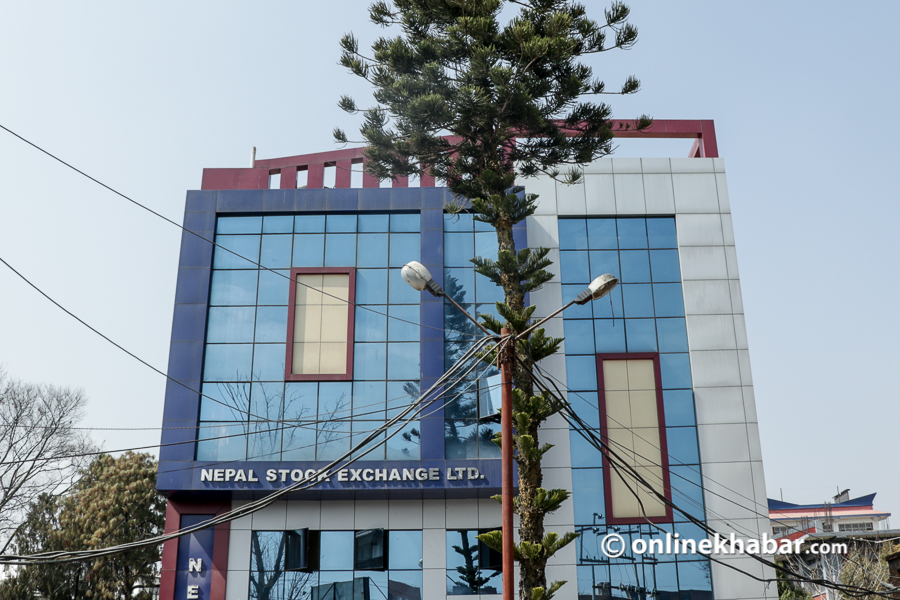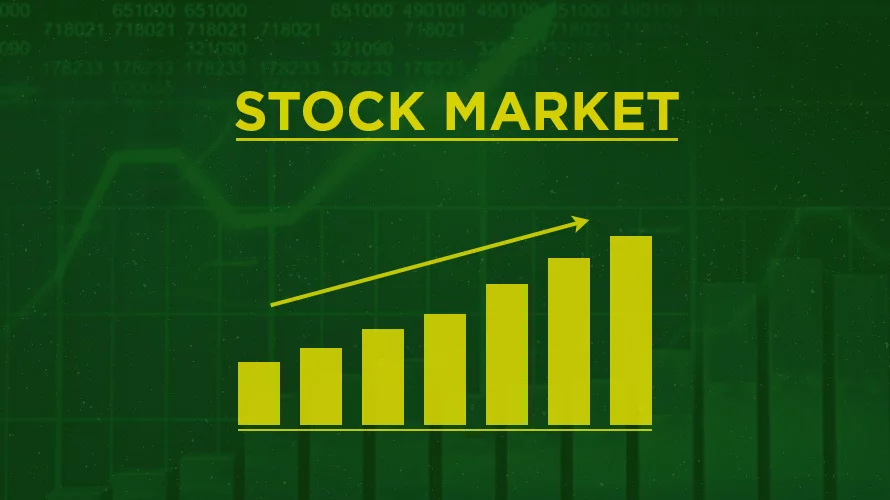The current sell-off in Nepal’s only stock market, Nepal Stock Exchange (NEPSE) and global stocks reflects the risk of worldwide inflation, recession, and spillover. Naive traders who thought of themselves as invincible during the bullish run are fearful or have withheld their trades. The recent bullish market of Nepal was full of excessive speculation, manipulation, risk takings, naiveness, free lunch mentality, and investment decisions based on irrational hypotheses.
Eventually, Nepal Rastra Bank, the central bank, ended the bull party after its move to limit margin lending, leading to market liquidity drying up. Hence, it is better to acknowledge the lessons that the stock market taught us in the last two years before investing in it.
Here are some of the few lessons investors should learn from the recent bullish and bearish market that we witnessed in a short span of two and half years:
1. Markets are cyclical, primarily driven by interest rates, liquidity and inflation
Stock markets move in a cycle, and the cycle’s duration is unpredictable. Interest rates and liquidity are the primary factors driving the market cycle. High liquidity and low-interest rates fuel asset prices to rise. Low liquidity and high-interest rates are the drag on asset prices. How is inflation related to interest rates, then?
In a stagnant economy with low inflation, the central bank loosens its monetary policy, which means it cuts its interest rate. Conversely, when the economy faces high inflation with or without growth, the central bank tightens its monetary policy increasing its interest rate. The historical global stock market bubble and bust have resulted from high liquidity and a sudden withdrawal of liquidity.
Remember when the daily turnover in NEPSE at the market peak was 20 billion rupees and the sudden regulatory changes in margin loans ignited sudden withdrawal of liquidity and the downtrend. Nepal’s recent bullish and bearish stock market trends have proven once again that liquidity is a leading factor driving the market cycles. The global market went into a tailspin after reassessing that the inflation, which they thought was transitory, is here to stay for some time and expecting aggressive rate hikes.
2. Greed, fear and narratives drive markets, and they change
Stock markets are rarely neutral and are predominantly in the extreme of fear and greed, resulting in market cycle and volatility. You may have short-term gains following the trend, but momentous investment gains result from being a contrarian. Warren Buffet says, “Be fearful when others are greedy and be greedy when others are fearful.”
Narratives about a stock market drive its performance. Have you taken investment action based on the general public opinion? Well, you have made a decision based on the market narrative. Narratives are subject to whimsical changes and can last for a few months to a decade. Narratives are sometimes backed by fundamentals and sometimes are irrational. You, as an investor, should differentiate if the market narrative is sensible or foolish.
3. Your stock tip from a friend and social media pundits last only till the momentum lasts
It would be best not to confuse luck with expertise while investing in a stock market. Replicating your friend’s trade or taking investment decisions based on a stock tip may result from pure chance and not their expertise. Do not invest based on social media market pundits who are vocal or make bold statements to please the market. Do your due diligence on the pundit, such as their qualification and experience. Be wary of these pundits who give you advice for free. Remember, if the service or product is free, you are the product.

4. You cannot front-run the market based on rumours and market tips
There is no such thing as free lunch. Investors looking for stock market tips and acting on rumours were rampant and are still widespread today. Most investors looking for the stock tip are at the bottom of the pyramid. The stock prices have already priced the rumour or an anticipated event as the top of the pyramid has already taken investment actions based on it. For instance, you get a stock tip that a company will pay a stock dividend for the first time since inception persuading you to trade on the tip. You do not realise that the top of the pyramid got the tip before you, probably buying shares aggressively and resulting in the stock moving upwards and pricing the anticipated event. Even if you act by knowing this, you are speculating that someone else will buy into the stock tip.
5. Markets do not need necessary move with the economy
As the coronavirus emerged, it was clear that businesses and the economy were headed towards lockdown and loss in its earnings. If there was an efficient market scenario, NEPSE should have declined to mirror this uncertainty. Instead, excess liquidity and enormous interest of amateur retail investors in the stock market out of boredom, herd mentality and irrational exuberance ignited the bullish run.

6. Relative valuation works as long as the market is priced correctly
Price to earnings and other relative valuations are widely used for their simplicity. However, they are prone to earning manipulation and market cycle. Consider valuing a stock based on industry peers when the market is at the top, and the industry itself is overvalued. You will still find undervalued stocks based on comparable methods. Do you think your investment decision based on the comparative way at the top of the stock market is justified? In addition, consider if you do not adjust the earnings for the one-time earnings such as gain on sale of assets, your earnings per share are biased upwards.
7. You cannot build a castle in the air
A stock’s fair value is the present value of future cash flow. In the long run, stocks are driven by their fundamentals and prospects. In the short run, stocks with poor fundaments and prospects may trade at exorbitant prices. In layman’s terms, a price-to-earnings ratio of 30 means it would take 30 years to recoup your investment if the company has no earnings growth.
Consider the hydropower stocks with no additional project trading above a price to earnings ratio of 35. Since the hydropower companies have a maximum licence period of 35 years, hydro stocks trading above the PE of 35 imply that the market expects the hydropower companies to generate electricity beyond their licence period, which is imprudent.
8. Your enemy is your biases
All great stock market investors are aware of their biases, both cognitive and emotional. It is not that they do not have them; they reflect and correct them when they realise they have emotional biases. And they are lifetime learners or refrain from investing in stocks they do not understand to minimise their cognitive biases. Some biases are an illusion of control, overconfidence, regret aversion, loss aversion, mental accounting, anchoring, hindsight bias, confirmation bias, framing bias, and representative bias.






















